Weather, climate and the best time to travel in Madagascar
Who always wanted a Madagascar vacation spend and wanted to plan a trip to this wonderful and unique island, you need to know in advance in detail about the weather, the climate and the Best time to visit Madagascar inform. Quite different from the temperate latitudes of northern Europe, Madagascar can be subject to various Weather phenomena that can negatively affect a vacation in the worst case. Cyclones are, for example, mainly located at the East coast Madagascar not necessarily rare in January, February une beginning of March. In fact, such weather phenomena can be estimated relatively well and it is clear when these phenomena accumulate and in which seasons they never occur, we have constant Internet access and can therefore plan and accompany trips even during the time when cyclones are moglich.
In addition, there are seasons when there are some Areas and regions of Madagascar heavy rainfall can occur, so that roads are hardly or only slightly passable. However, these seasons are well calculable, whereby we always speak in this context of the Best time to visit Madagascar talk. In the following text sections we would like to offer you a comprehensive insight into the climate, the weather and the best time to travel to Madagascar. This way you can plan your Vacation on the island plan as best you can and make sure the weather doesn't get in your way. If you are planning for the Planning your trip to Madagascar need any further information or if we can help you with our extensive range of services and our completely planned travel packages can help you further, simply get in touch with us.
The general climate in Madagascar
When it comes to the Madagascar climate then has to be made in various areas between the individual Landscape zones of the island can be distinguished. Basically, the southern equatorial current is responsible for the tropical climate in Madagascar responsible. From tropical humid east until the relatively dry and low-rainfall southwest of the island, but the climate brings great differences. Quite generally, there is a difference between a Drying time and a Rainy season which corresponds to the division into winter and summer. The dry season usually lasts from April to October, while the rainy season lasts from November to March. However, since Madagascar as an island has both the Trade winds as well as the Monsoon rains is exposed, it can happen that the Shift rainy and dry seasons or postpone. The precipitation or
Dry seasons are therefore much more difficult to calculate than the amount of rainfall: While in some areas on the east coast rain falls from the sky practically every day, there are some regions in the southwest of the island where not a drop of rainwater touches the earth for years. Together with the rainwater and the seasons, of course, the Temperatures on the island. While in the south of the country desert-like temperatures While temperatures of more than 35°C are not uncommon, the thermometer in the central highlands tends to hover between 25°C and 30°C. In the east of the country, temperatures tend to rise a bit. In the east of the country, the temperatures rise then quite gladly also again a little upward, whereby at the same time a Maximum humidity is omnipresent. If you have your Madagascar vacation and are known to be sensitive to different weather conditions, be sure to plan for the different weather conditions ahead of time. for travel planning take into account. We are happy to provide tips from our wealth of experience. But not only the trade winds as well as the monsoon rains make their climatic influences in Madagascar. Also the Nature of the island itself contributes its share. In the north of the country, for example, there are also numerous extensive dry zoneswhich would actually rather be assumed in the south of the island. However, these northern dry zones can be attributed to the influences of the Tsaratanana Mountains lead back.
This mountain range ensures that the rain is simply blocked in some zones, so that the soils of these zones slowly but surely dry out. However, such consequences can be exacerbated in a negative sense: especially by the uncontrolled slash and burn and the destruction of the original vegetation on Madagascar, the people there are creating an environment that is even worse at defying the weather-related phenomena. The soil becomes karstified and infertile; the little rainwater that reaches the ground in the south of the island, for example, is not enough to allow fertile land to develop here again. The People in Madagascar have hardly any possibilities to draw the right conclusions from these events due to their poverty and the lack of education. ecological changes to pull. When the soils are depleted and no longer provide fertile soil for agriculture, they simply move on, clearing new sections of rainforest, making the consequences for nature even more unbearable. In this sense, the climatic conditions on the island then also change - the soils increasingly karstify and the Life in Madagascar becomes heavier and heavier.
The tropical cyclones
Madagascar is an island that is visited annually by tropical cyclones, the so-called Cyclones is hit by cyclones. These violent cyclones hit Madagascar mainly on the fertile and richly populated Areas of the East Coast. A tropical cyclone of this kind is a Weather phenomenonwhich actually originates much further east. For the formation of a cyclone, air masses are responsible, which bring different temperatures with them and thus rise, condense and later sink again. In addition then still the rotation of the earth comes, which this Air masses additionally in motion displaced. The air masses now rotate around a center that is often referred to as the "eye of the storm". If temperatures and solar radiation favor it in the negative sense, these rotating air masses now transform into a cyclone that not only extreme wind speeds with it, but also Storm surges and heavy rainfall can conjure up. Rainfall of up to 700 millimeter within just a few hours are then just as little a rarity as wind speeds of more than 200 kilometers per hour. For comparison, perhaps the information can serve at this point that in some areas in the southwest of Madagascar there is not even 500 millimeters of precipitation per year.
In Madagascar, there are several areas that are particularly exposed to the action of cyclones. The former pirate island Sainte Marie belongs to it in any case. The Cyclone Ivanwhich hit the island of Madagascar in 2008, brought with it a wave of destruction. On Sainte Marie, more than half of all buildings were destroyed, nearly one hundred people lost their lives in the storm, and more than 300,00 Madagascans lost their shelter. What is particularly noteworthy in this context, however, is the fact that the inhabitants of Madagascar's east felt the effects of these hurricanes by no means let it get you down. On the contrary, after each raging storm, they rebuild their villages and towns with vigor. Only very few people here waste their time thinking about moving to another region of the country. In fact, however, researchers have already suggested that due to the Overall change in the global climatic situation the occurrence of cyclones and other weather phenomena may increase in the future. In this context, it can be assumed that the Malagasy areas on the east coast in particular could probably only be used on a seasonal basis, because permanent settlement in these regions would then probably entail too great a risk.
In the years 2013 (Haruna) and 2014 (Bright) and 2015 (Chedza) there was no cyclone that moved inland from the east coast, but surprisingly there was one cyclone that moved inland from the east coast. Mozambique channel had formed.
The best time to travel in Madagascar
The previous remarks could, in the worst case, make you lose your desire to Trip to Madagascar have diminished a little. After all, very few people want to hear about tropical hurricanes and constant heavy rainfall in connection with their upcoming Dream vacation listen. In order for you to actually experience this, it is important that you use the perfect travel time wait. However, this is not only dependent on the weather and the climate, but is furthermore Influenced by your personal interests. If you are interested in nature in bloom, rare young animals, adventurous diving trips or a vacation on the beach, you each have very different requirements for the weather. Therefore, to help you decide which Best travel period to help, the following info was set up.
In the first months of the year, i.e. between January and MarchMadagascar has the highest number of cyclones. On the other hand, in this season are also pleasant temperatures on Madagascar, because now is just high summer. If you want to observe animals and spend your vacation time not exactly exclusively on the east coast of Madagascar, these months can be ideal for them. Travel to Madagascar have no season between January and March, which is why the Airline tickets significantly cheaper are. If you are particularly interested in the central plateau, the south and the area around Antananarivo there is hardly a better time to travel. For botanical travel, mainly for orchid specialists, these months are the best time to travel to Madagascar.
From the end of March the hurricanes, but also the worst rains are normally over, although this cannot always be said with certainty due to global climatic changes. And even if the worst of the storms have now passed, some of the Roads in Madagascar still be impassable, which you can in any case consider when planning the trip should. In the April, May and June then the tourists slowly but surely pick up speed. The rain is now almost only in the deep green belt on the east coast a regular companion, although on the other side the Temperatures now drop significantly. Winter begins in June, at the time of year the average Daily highs in Antananarivo only at a maximum of 20°C and at night the thermometer drops to below 10°C. At the same time, airline tickets are also becoming more and more expensive, because July and August are the high season in front of the door. Temperatures are still a little colder during these months, although this is especially noticeable in the interior of the country. On the coasts of the country the Bathing in the sea of course also possible in these months. Nature lovers have best travel time for Madagascar in the high season: Whale watching are now well possible, but on the other hand many reptiles as well as some smaller mammals are in hibernation. For those who want to enjoy relatively stable warm weather, observe animals and not be too restricted by rainfall or other extreme weather phenomena, the Travel months September - December an. The Madagascar summer is now starting again, the animals are waking up from their hibernation, the temperature reading on the thermometer is climbing upwards and at the same time the beginnings of the rainy season can almost be overlooked. If you would like further advice with a view to your Best time to visit Madagascar then we are available for you at any time.

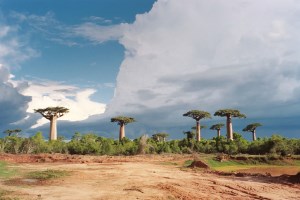
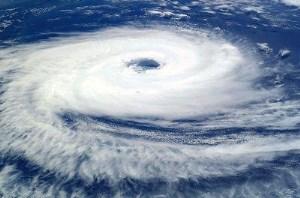
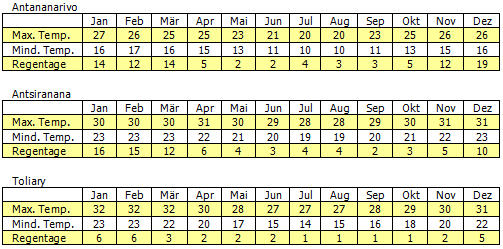
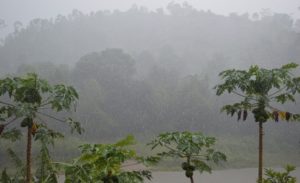
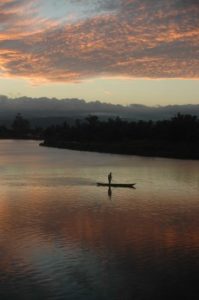
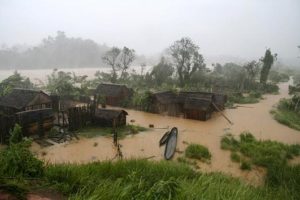
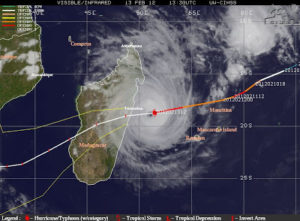
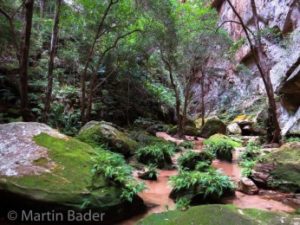
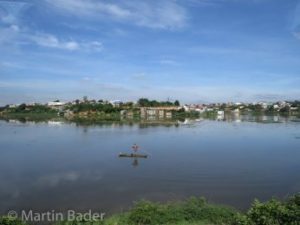
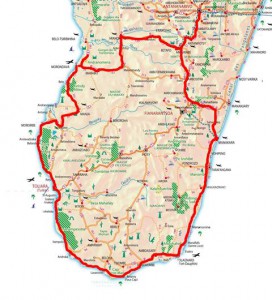
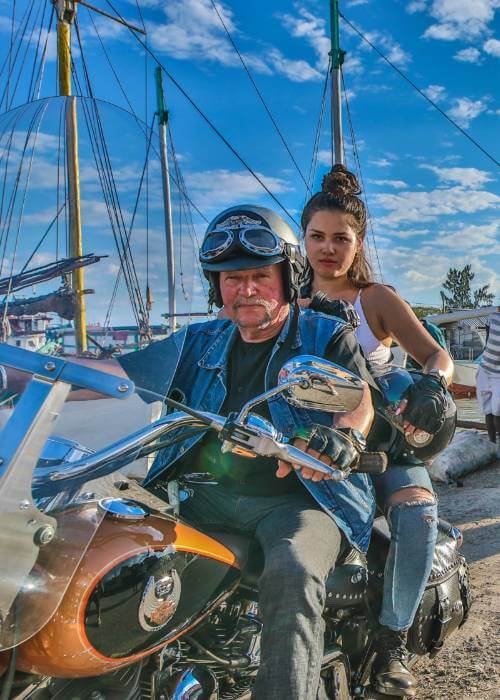
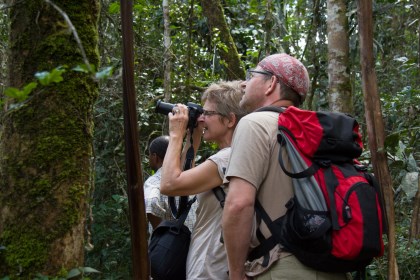

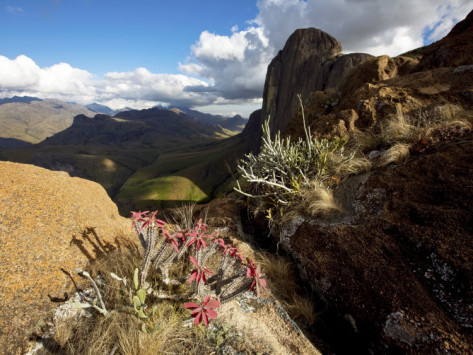
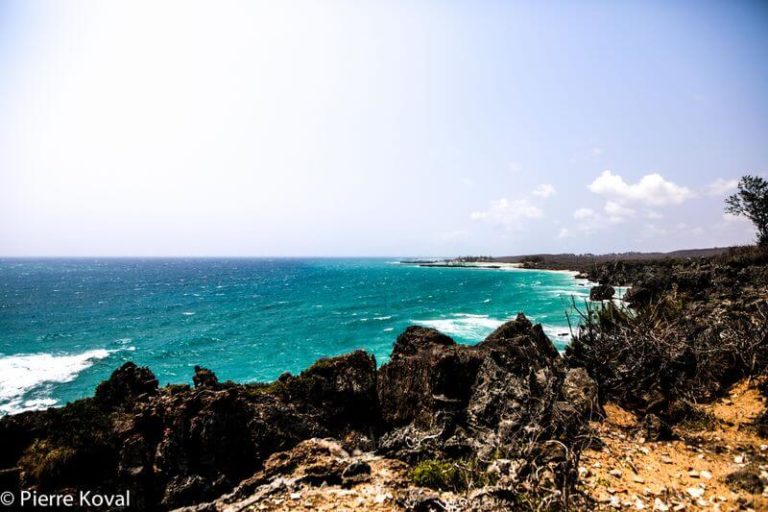




 Villa Sibylle Antananarivo (Madagascar)
Villa Sibylle Antananarivo (Madagascar)

